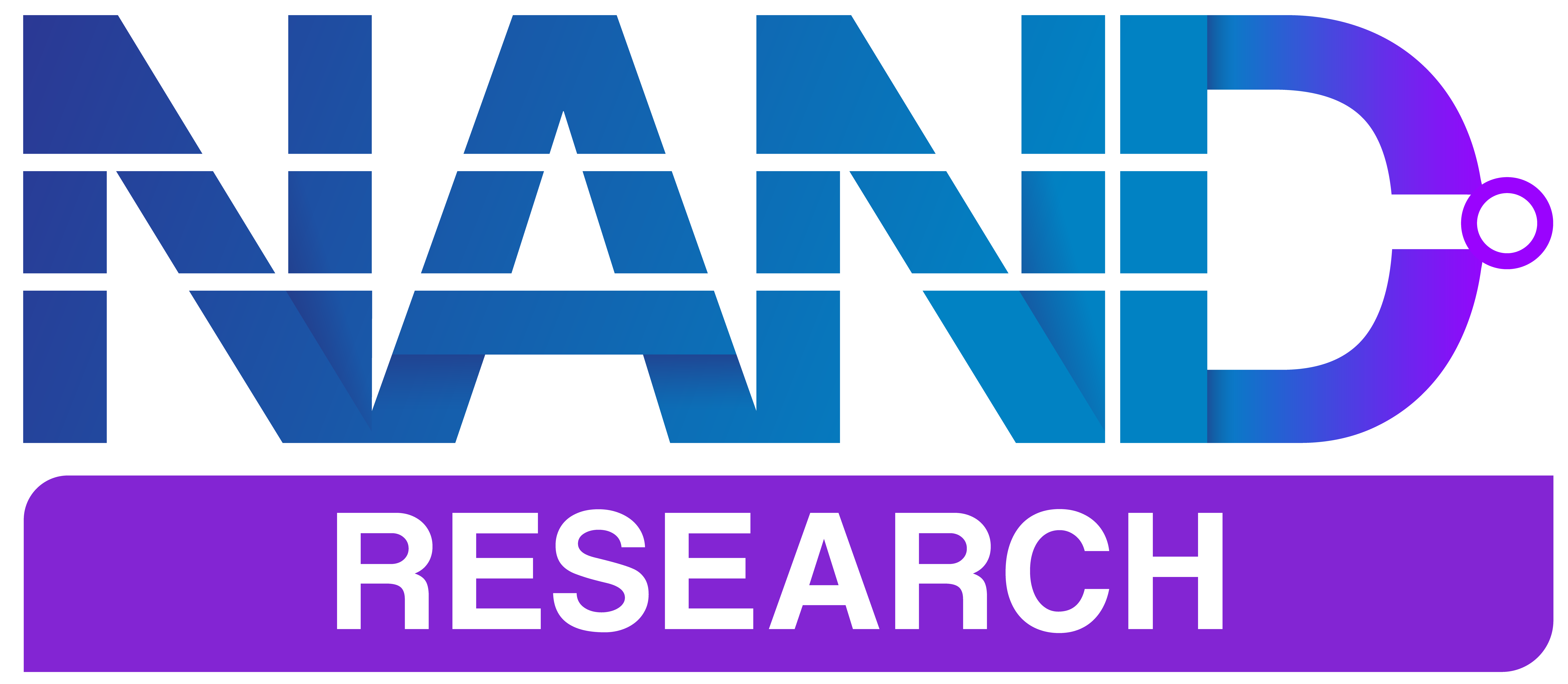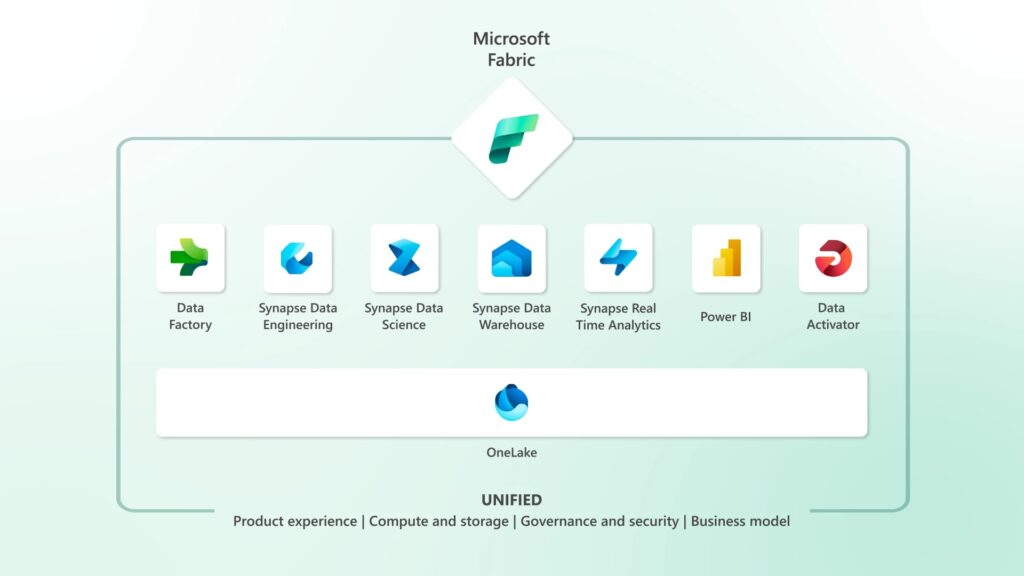At Microsoft’s second annual Fabric Community Conference (FabCon) 2025, held earlier this month in Las Vegas, the company unveiled several significant announcements that together enhance its unified data platform. The updates to Fabric focus on improving data security, AI integration, and streamlined data management.
While Microsoft offers a comprehensive breakdown of the event on its Fabric Community Blog, we’ll highlight a few of our key takeaways here:
Copilot for All: Democratizing AI
Copilot, Microsoft’s AI assistant, is now available across all paid Fabric SKUs (F2 and above). This allows a broader range of users to leverage AI-driven analytics, enhancing productivity and decision-making without the need for premium licensing tiers.
Why it matters: This democratizes AI across the enterprise and is a clear response to customer feedback about pricing barriers.
OneLake Security: Unified Data Governance
Microsoft introduced OneLake Security, a centralized data protection system that allows administrators to define access permissions once. These permissions are then consistently enforced across all Fabric engines, including SQL, Spark, and Power BI.
OneLake supports granular row- and column-level security, simplifying governance and safeguarding sensitive information like PII across the data estate.
Why it matters: This eliminates the overhead of maintaining separate security models for different tools and simplifies compliance efforts across sensitive data environments.
Data Agents: AI-Powered Assistants
Formerly known as AI Skills, Data Agents are now integrated with Azure AI Foundry, enabling the creation of custom, conversational AI agents. These agents can interact with both structured and unstructured data, providing real-time insights and facilitating more intuitive data interactions.
Why it matters: Enterprise IT can now build intelligent data interfaces that are tailored to specific business domains, speeding up decision-making and reducing manual data wrangling.
Migration Assistant: Streamlining Transitions
A new Migration Assistant tool simplifies the transition from Azure Synapse Analytics to Microsoft Fabric. It offers intelligent assessments and AI-powered assistance, reducing the complexity and manual effort traditionally associated with such migrations.
Why it matters: This shows where Microsoft’s long-term consolidation of its data platform portfolio lies. Fabric is now the future, Synapse is the legacy.
Data Mirroring: Enhanced Integration
Microsoft Fabric expanded its data mirroring capabilities to include sources like Snowflake and on-premises SQL Server. This enhancement facilitates unified analytics without the need for complex ETL processes, promoting real-time data integration across platforms.
Why it matters: It positions Fabric as a neutral analytics control plane across heterogeneous data estates.
Analyst’s Take
Microsoft is executing a clear consolidation strategy around Fabric, positioning it as the foundational data platform for the AI era.
For enterprise IT, the key takeaways are simple:
- Governance is getting easier, but centralized control means lock-in risk grows.
- AI integration is being productized at scale, with Copilot and Data Agents now core to Microsoft’s platform.
- The Synapse-to-Fabric migration path is official, and customers should plan accordingly.
- Fabric is emerging as a cross-cloud analytics layer that’s capable of integrating data from Snowflake, on-premises systems, and beyond.
Microsoft uses Fabric to bridge the distance between data management, analytics, and AI. Enterprise IT leaders should evaluate Fabric as a strategic platform decision that will shape their future data architecture (and not just as a reporting tool).




